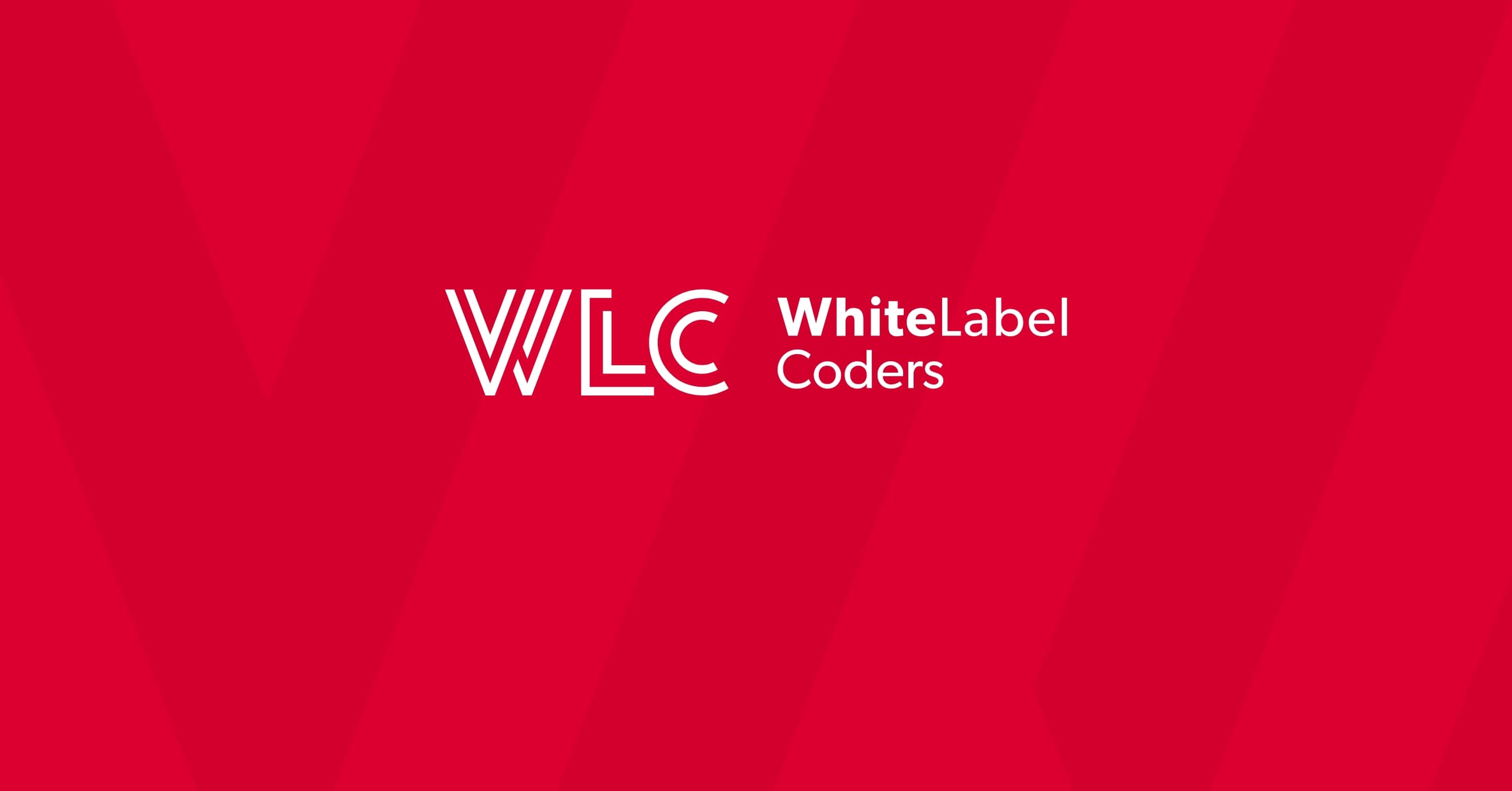Category: SEO AI
How can I publish 50 landing pages in one day?

Publishing 50 landing pages in one day means deploying template-based pages with centralized data sources rather than creating entirely unique content from scratch. Using modern WordPress tools like Gutenberg blocks, Full Site Editing, and automated content population, you can efficiently scale page creation whilst maintaining quality standards. The key lies in proper preparation, reusable components, and streamlined workflows that eliminate repetitive manual tasks.
What does it actually mean to publish 50 landing pages in one day?
Publishing 50 landing pages in a single day refers to deploying scalable, template-based pages that share common structural elements whilst displaying unique data for each page. You’re not writing 50 completely different articles, but rather using WordPress bulk page creation techniques with reusable templates, blocks, and centralized data sources. Each page maintains its own identity through variable content like broker names, trading conditions, or specific offers pulled from a central database.
This approach works brilliantly for trading affiliate landing pages where you need separate pages for different brokers, markets, or trading instruments. The template provides consistent structure, navigation, and design elements, whilst dynamic content blocks populate broker-specific information automatically. Think of it like filling out forms rather than writing essays.
The quality doesn’t suffer when done properly. Each page serves genuine user intent with accurate, relevant information. The efficiency comes from eliminating redundant work, not from cutting corners on content value or SEO optimization.
How is publishing 50 pages in one day even technically possible?
The technical foundation for landing page automation relies on WordPress Gutenberg blocks, Full Site Editing capabilities, and centralized data management. Custom blocks act as reusable components that pull information from a single data source, ensuring consistency whilst allowing page-specific variations. When you update broker fees in your central database, all 50 pages reflect that change automatically.
Pattern libraries let you create entire page sections that can be inserted with a few clicks. A broker comparison section, fee table, or review summary becomes a reusable pattern rather than something you rebuild manually for each page. These patterns maintain their connection to your data source, so they’re always displaying current information.
Full Site Editing extends this concept to headers, footers, and navigation elements. Your entire site structure becomes modular and manageable. Combined with custom post types for brokers or trading instruments, you create a system where adding a new landing page is as simple as creating a new post and selecting the appropriate template.
The real magic happens when these elements work together. Your WordPress Gutenberg blocks pull from a Trading Data Center, your templates define the structure, and your patterns provide the layout. You’re orchestrating components rather than building from scratch each time.
What WordPress tools and architecture do you need to publish pages at scale?
Successful bulk content publishing requires modern WordPress frameworks like Sage and Bedrock that provide clean, maintainable code architecture. These frameworks separate concerns, making it easier to manage templates, blocks, and data sources independently. Bedrock adds security and deployment benefits through its Composer-based structure and environment-specific configuration files.
Custom Gutenberg blocks form the core of your content system. These aren’t just fancy formatting options, they’re intelligent components that understand your data structure. A broker comparison block knows how to fetch and display trading conditions. A fee table block automatically formats spreads and commissions in a consistent, scannable format.
Advanced Custom Fields or similar solutions let you structure your data properly. Rather than stuffing everything into the post editor, you create specific fields for broker ratings, regulation information, minimum deposits, and trading platforms. This structured approach makes bulk operations possible and ensures data consistency across all pages.
Your hosting infrastructure matters tremendously at scale. Redis caching prevents database bottlenecks when you’re managing hundreds of pages. A proper CDN ensures fast loading times regardless of visitor location. CI/CD pipelines let you test changes in staging environments before deploying to production, preventing the nightmare of discovering errors across 50 newly published pages.
Template hierarchy understanding becomes essential. You’ll create specific templates for broker pages, comparison pages, and review pages. Each template uses the same blocks but arranges them differently to serve distinct user intents.
How do you prepare content and data before publishing 50 landing pages?
Preparation determines success more than any other factor in WordPress bulk page creation. Start by creating your centralized data repository with all broker information, trading conditions, and review content properly structured. This means organizing data in custom post types with appropriate taxonomies for filtering and categorization.
Structure your broker information with consistent field names and data formats. Spreads should always use the same unit of measurement. Ratings should follow the same scale. Regulation information should include consistent details. This consistency prevents formatting issues and makes automated population reliable.
Create your reusable content modules before you start building pages. Write standard disclaimer text, risk warnings, and explanatory sections that apply across multiple pages. Store these in a content library where they can be referenced rather than duplicated. When regulations change, you update one source rather than hunting through 50 pages.
Organize your media assets with proper naming conventions and folder structures. Broker logos, platform screenshots, and comparison charts should be readily accessible and properly sized. Pre-optimizing images prevents performance issues and saves time during the actual page creation process.
Map out your taxonomy structure carefully. How will you categorize brokers? By regulation jurisdiction? Trading instruments offered? Account types? Proper taxonomy planning makes it easy to create filtered views and comparison pages later.
What’s the step-by-step workflow for creating 50 pages in a single day?
Begin your day by setting up your WordPress development workflow environment and confirming all data sources are current and properly structured. Verify your custom blocks are functioning correctly and your templates are loading as expected. This 30-minute check prevents discovering issues halfway through your bulk creation process.
Create your master templates for each page type you’ll be publishing. A broker review template might include a hero section with key facts, a detailed features section, fee tables, pros and cons, and a conclusion. Build these templates using your block patterns and verify they pull data correctly from your centralized source.
Use bulk import tools or custom scripts to create the initial page structures. WordPress importers can handle CSV files with page titles, slugs, and basic metadata. This creates your 50 blank pages with proper URLs and taxonomy assignments in minutes rather than hours of manual creation.
Apply your templates to the appropriate page groups. Pages about forex brokers get the forex broker template. CFD trading pages get their specific template. This template application can often be automated based on taxonomy terms or custom field values.
Run through quality assurance checkpoints systematically. Check that data is populating correctly on a sample of pages from each category. Verify internal links are working. Confirm images are loading and properly sized. Test mobile responsiveness across different page types.
Implement your SEO optimization in batches. Meta descriptions can be generated from standardized formulas using broker names and key features. Schema markup should be built into your templates so it applies automatically. URL structures should follow your predetermined patterns.
Schedule your publication strategically rather than pushing everything live simultaneously. Stagger releases by 5-10 minutes to avoid overwhelming your server and to monitor for any unexpected issues before all pages are public.
How do you maintain quality and SEO performance when publishing pages at scale?
Quality control mechanisms must be built into your agile WordPress development process rather than applied afterwards. Automated SEO checks can verify that every page has a meta description, title tag, and proper heading structure before publication. These checks catch missing elements that would harm search performance.
Content uniqueness strategies prevent duplicate content penalties even when using templates. Variable content sections ensure each page has substantial unique text beyond the standardized elements. Broker-specific reviews, trading condition details, and platform feature descriptions provide the differentiation search engines need to see value in each page.
Core Web Vitals optimization happens at the template and block level. When your components are built with performance in mind, every page inherits those benefits. Lazy loading images, minimizing JavaScript execution, and optimizing CSS delivery become systematic rather than page-by-page tasks.
Schema markup implementation through your templates ensures consistent structured data across all pages. Broker review schema, FAQ schema, and breadcrumb markup get applied automatically based on page type. This consistency helps search engines understand your content relationships and can improve featured snippet opportunities.
Testing procedures should include automated checks for broken links, missing images, and formatting inconsistencies. Manual spot checks on a representative sample catch issues that automated tools might miss, like awkward phrasing in dynamic content or contextual problems with auto-populated information.
What are the common pitfalls when trying to publish many pages quickly?
Duplicate content issues arise when templates are too rigid and don’t include enough variable content. Search engines may see pages as thin or repetitive if the unique content ratio is too low. The solution involves ensuring substantial unique content on each page through dynamic sections that pull detailed, specific information rather than just swapping out names in otherwise identical text.
Performance degradation happens when bulk operations strain your database or when pages include unoptimized elements. Publishing 50 pages with heavy, uncompressed images can quickly consume server resources and slow down your entire site. Pre-optimizing assets and implementing proper caching strategies prevents these issues.
Broken internal linking occurs when automated link generation doesn’t account for all scenarios. A link to a broker’s forex page breaks if that broker doesn’t offer forex trading. Conditional logic in your templates prevents these dead ends by only generating links when the target content exists.
Inconsistent formatting appears when content doesn’t fit expected patterns. A broker name that’s unusually long might break your layout. A fee structure that doesn’t match your standard format might display incorrectly. Building flexibility into your templates and validating data formats before import catches these issues.
Database bloat becomes a concern when bulk operations create unnecessary revisions, auto-drafts, or orphaned metadata. Configuring WordPress to limit revisions and cleaning up after bulk operations keeps your database performing well as page counts grow.
Workflow bottlenecks emerge when team members don’t understand the new systems. Proper documentation and training ensure your content team can work with custom blocks and templates confidently without requiring developer intervention for routine tasks.
How do you update and maintain 50+ landing pages after publication?
Centralized content updates through your Trading Data Center mean changing broker fees once rather than editing 50 individual pages. When a broker updates their spreads or modifies their minimum deposit, you update the central database and all pages referencing that broker reflect the change automatically. This approach transforms maintenance from an overwhelming burden into a manageable task.
Automated data synchronization can pull information from broker APIs where available, ensuring real-time accuracy for trading conditions and offers. This reduces manual update requirements and minimizes the risk of displaying outdated information that could harm user trust or compliance.
Bulk editing techniques let you modify common elements across multiple pages simultaneously. WordPress bulk edit functions combined with custom scripts allow updating categories, tags, or specific custom fields across your entire page set. This proves invaluable when regulatory requirements change or when you need to update disclaimer language site-wide.
Performance monitoring should track Core Web Vitals and loading times across your page set. Automated alerts notify you if specific pages develop performance issues, allowing quick intervention before problems affect user experience or search rankings.
Sustainable workflows prevent maintenance debt from accumulating. Regular audits identify outdated information, broken links, or pages that need content refreshes. Scheduling these reviews systematically ensures your large page set remains accurate and valuable rather than becoming a liability over time.
Version control for your templates and blocks means updates can be tested and rolled out systematically. When you improve a broker comparison block, that enhancement applies across all pages using that block. This scalability works in reverse too, letting you quickly roll back problematic changes if issues arise through best workflow practices.

